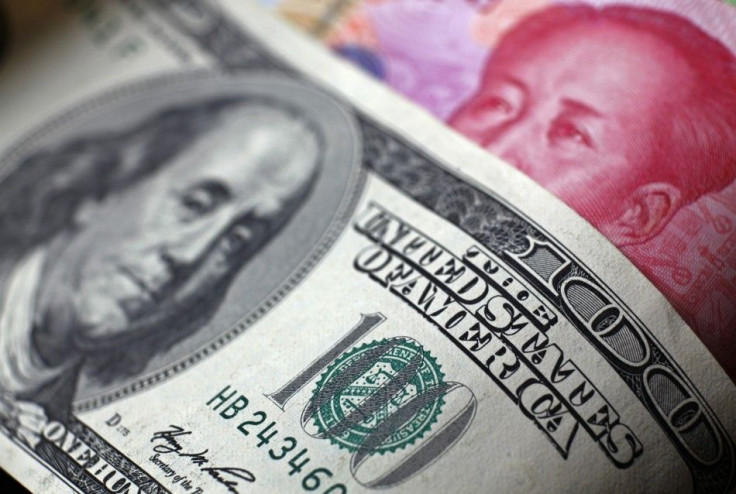US Exports To China Hit $100B Last Year: Report

U.S. exports to China topped $100 billion in 2011, a more than sixfold increase since 2000, a new report by the US-China Business Council says.
The 542 percent increase, to $103.9 billion last year from $16.2 billion in 2000, makes China the third-biggest export market for the United States after Canada and Mexico.
U.S. exports to China recovered faster after the recession than exports to anywhere else in the world, said Erin Ennis, vice president of the Business Council, based in Washington. Clearly, China is a market that is important to U.S. companies' bottom lines, even in tough economic times.
The nonprofit council represents more than 240 U.S. companies doing business in China. Its members include Boeing, Caterpillar, Coca-Cola, PepsiCo, Exxon Mobil, Microsoft, Apple, Dow Chemical and Pfizer.
Exports to the rest of the world increased 80 percent, according to the report, which was issued Wednesday.
The nearly $88 billion increase in exports to China from 2000 to 2011 exceeded the increase to every other market for U.S. goods and farm products, with the exception of Canada, Ennis said.
U.S. exports to Canada rose $102 billion over the same period, while U.S. exports to Mexico rose $86 billion. Brazil was a distant fourth with just a $28 billion increase in purchases of U.S. products.
Since 2000, as many as 48 U.S. states have registered at least triple-digit growth in exports to China. Of those states, 20 have seen quadruple-digit growth, the report said.
The top five U.S. exporters to China are California at $14.2 billion; Washington, $11.2 billion; Texas, $10.9 billion; Louisiana, $7.3 billion and New York, $4.5 billion.
“American companies from every corner of the nation are exporting high-value computers, electronics, agricultural products, chemicals, transportation equipment, and machinery to an expanding marketplace in China,” Ennis said.
President Barack Obama announced a National Export Initiative in 2010 that aims to double total U.S. exports by 2014 -- a target that would require at least 15 percent average annual growth for five years.
During a visit to the United States in February, China's Vice President Xi Jinping tried to play down criticism over a growing trade imbalance and pressure from Washington for China to let its yuan currency float. Xi said China seeks to invest more in the United States and that American businesses should see China as an opportunity for growth.
© Copyright IBTimes 2025. All rights reserved.





















